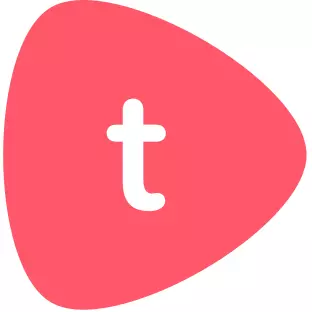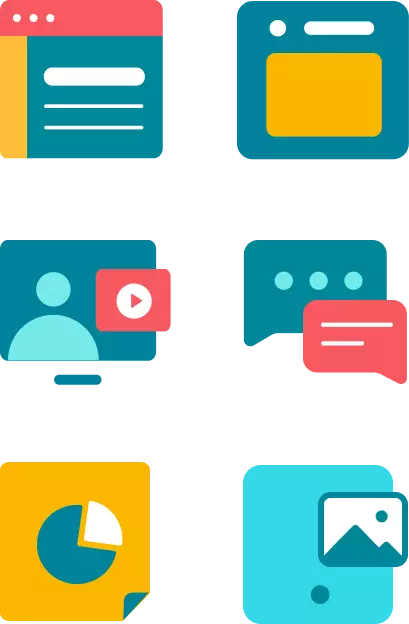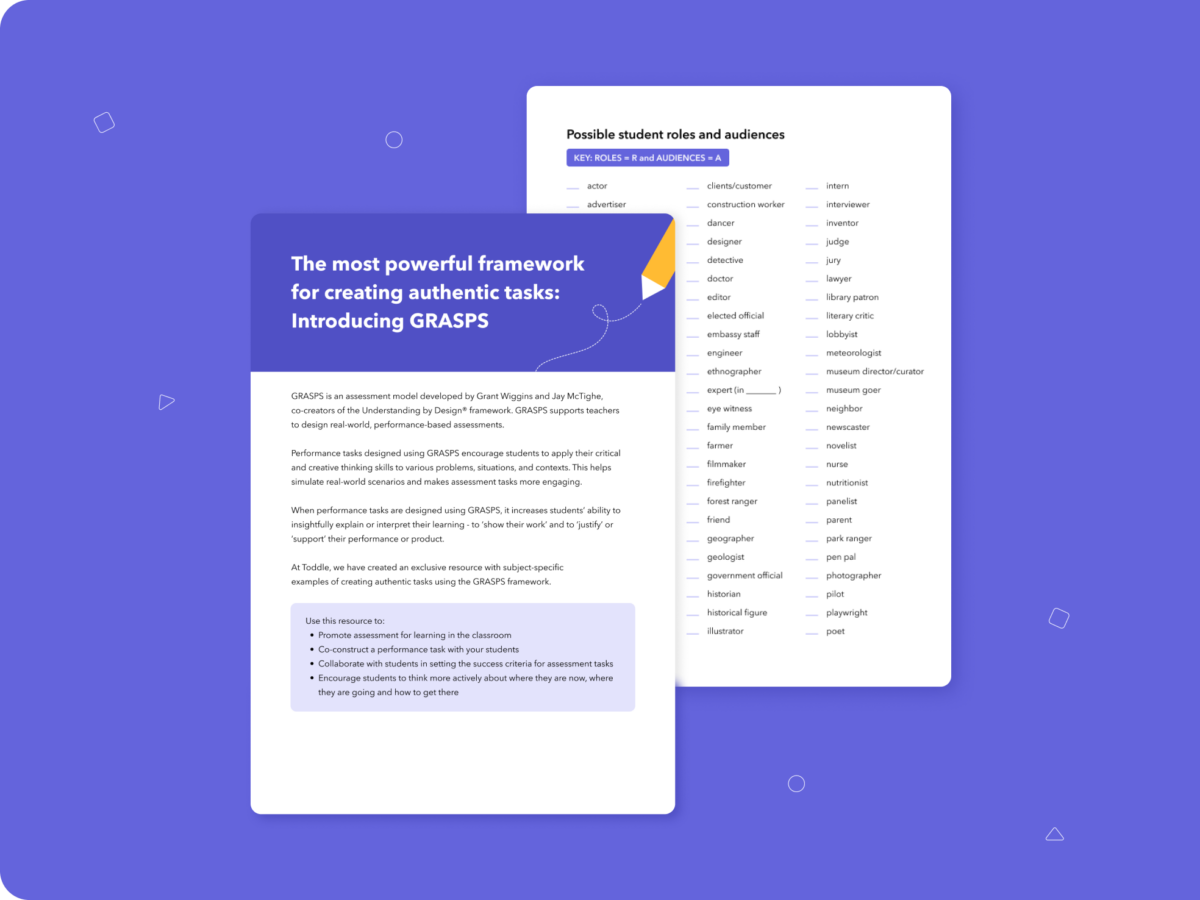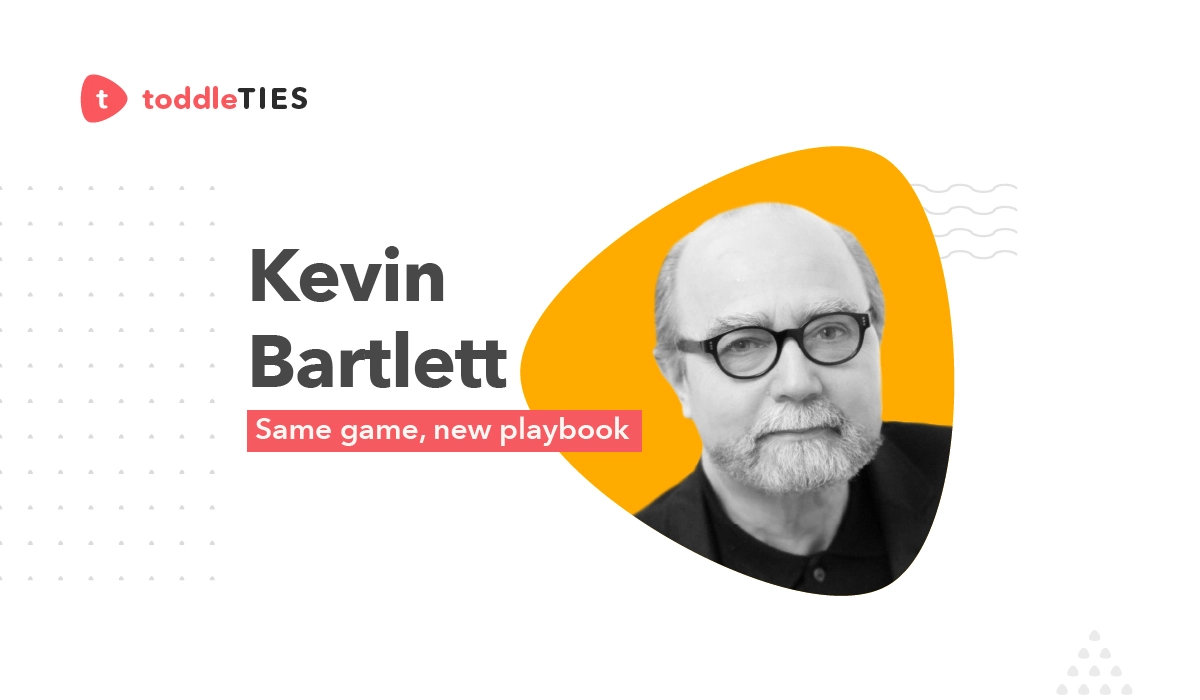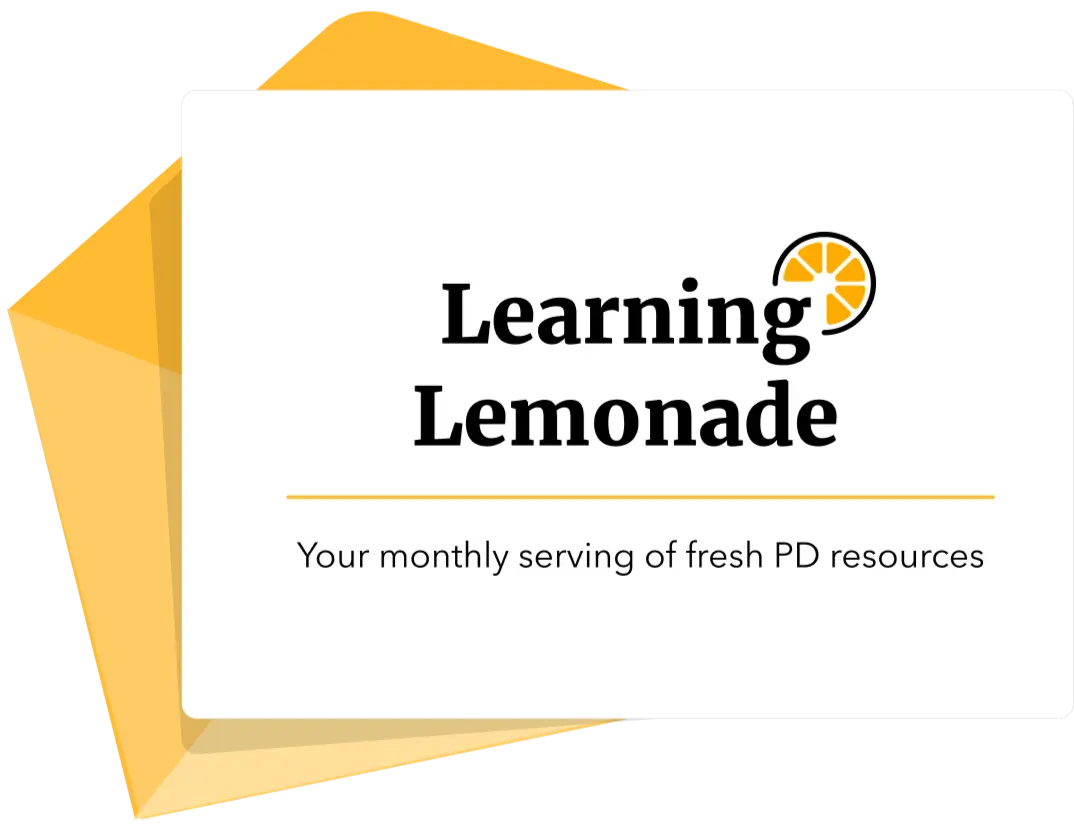Simplifying Agency: 5 Habits for Valuing Student Voice
Agency can seem like a daunting concept. We want to empower our students to have the efficacy they will need to react to life’s challenges – to have the language and skills to take control of their own learning and growth, but how can we foster this in the classroom? Habits, the small decisions you make every day, can have a profound impact on the culture in your classroom. What lessons are you teaching by how you spend your time and interact with students each day?
We can work towards a culture of agency by embracing meaningful habits. You can think of these habits as little ways, every day, to remind students that they matter, their voice is heard, and they have a choice in their learning.
I don’t believe in big new year resolutions but these habits have anchored me through 2020 and I hope they do the same for you!

1. Share Choices
A common problem faced by teachers is decision fatigue. We make a million small choices a day, and frankly, it can be exhausting. A simple way to make life easier and build agency is to share choices.
So what kind of choices can we share with students?
- how groups are formed
- where to work
- managing time and tasks
One habit I have formed is what I call, ‘The Blind Vote’. Throughout the day, when there are decisions to be made, I present students with 2 options. Then, they close their eyes and vote. Closing their eyes helps students to make their own choices without being influenced by the desires of their friends. We do this multiple times a day, for decisions big and small.
2. Know and Share Your Why
Systems thinking is an essential part of agency. As important as innovation is, we have so much to learn by studying the ways experts work through problems. I highlight this in the classroom by sharing why I am making the decisions I do. If you have a reason, share it!
For example, this year I have been influenced to spend more time on sentence level work after reading an incredible book, The Writing Revolution. At the start of the year, I showed the book to my students and explained the great things I learned and wanted to try with them. Sharing my thinking and intentions led to buy-in from students and excitement to try out something new.
3. Seek Regular Student Feedback
One essential skill I like to build is the ability to provide critical but helpful and specific feedback. I want the classroom to be a place where students learn about and express their opinions, needs and preferences to enact change.
One helpful tool I use is the 1 to 5 scale. After completing a task, I ask students to rate their experience from 1 to 5:
1= I didn’t enjoy doing it, and I don’t think it helped me grow and learn.
3= I didn’t enjoy it very much, but I can see that it is helpful for my learning
5= This was fun and it helped me learn
As a teacher, I want to plan things that are both enjoyable and promote growth. This check-in reminds students that we are on the same page. They realize that some activities might be more or less fun than others, but that their joy and learning are both prioritized in our classroom.
4. Prioritize Social-Emotional Health
Self-care is an essential skill that should be explicitly modelled and taught. Students need to understand the effect their emotions and wellbeing can have on their ability to empathize and make connections.
In my classroom, we begin each day with a simple question. “Is there anything important we should know before we begin our learning today?” We listen to each other, celebrate the highs, and empathize (with our hands over our hearts) with the tough stuff. We talk about how a night without sleep or excitement about a sleepover might impact our learning each day. I also invite students to let me know if they are feeling restless or need a break. We talk about strategies we can use to schedule our days- when our brain is most ready for challenging and creative things, and when we might need a break.
5. Build Time for Representation
For early years teachers, this isn’t new, but we often lose track of giving time for representation in the upper years. As a Grade 5 teacher, I have recently begun scheduling a weekly representation hour. We take time to reflect on our knowledge, skills, and understandings from the week and students are encouraged to take time to represent what they have learned using their creativity and any medium of their choice (dance, story writing, clay, paint). It’s an amazing opportunity to see what learning they value and visualize any misconceptions they may have.
By being mindful of the small opportunities to reinforce self-efficacy throughout the day, we model the skills and language students need to take charge of their lives and learning!


